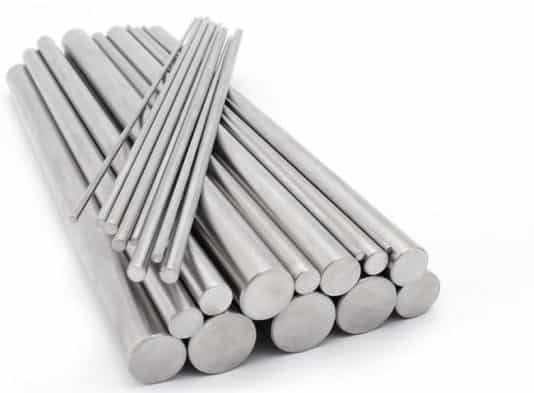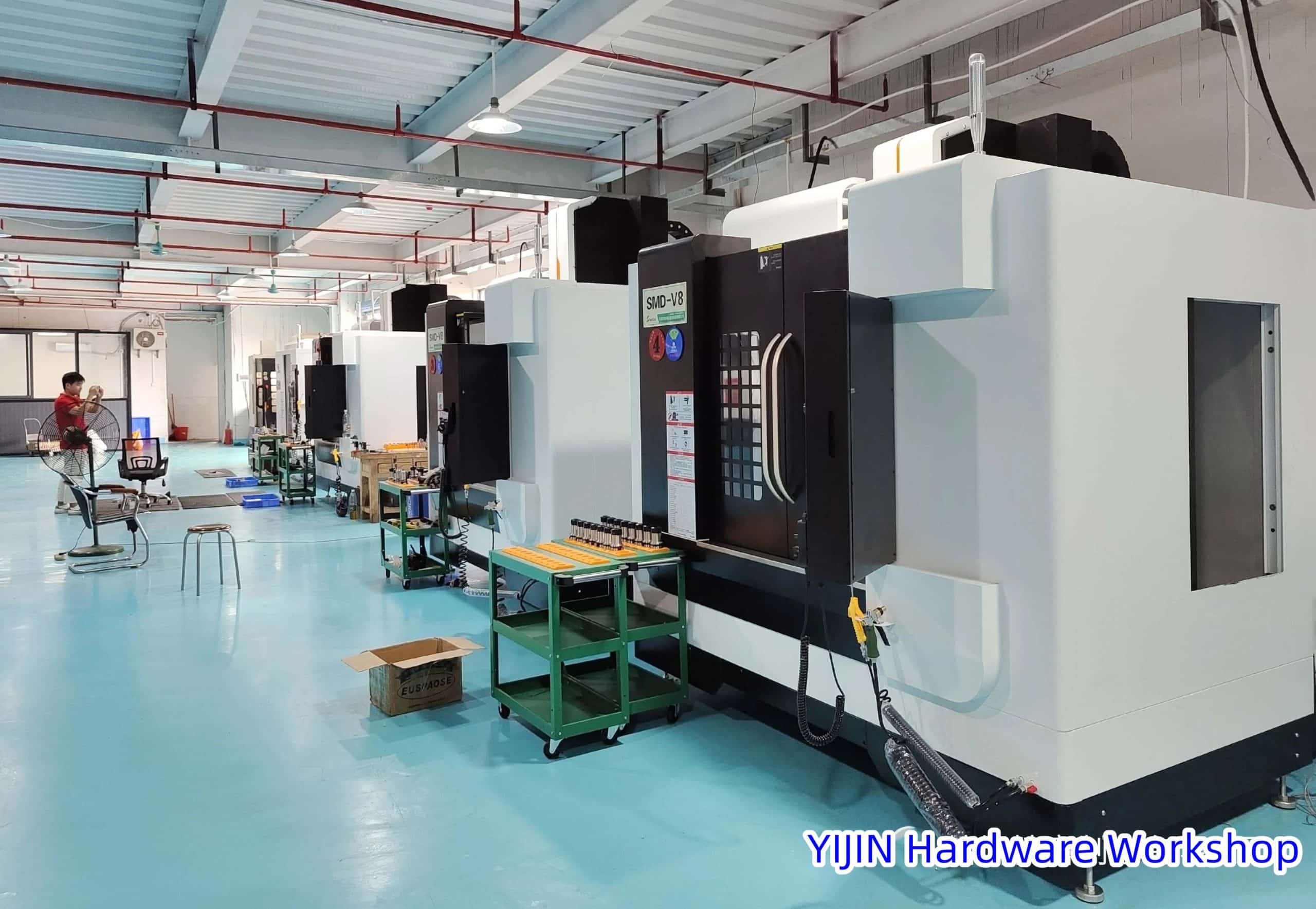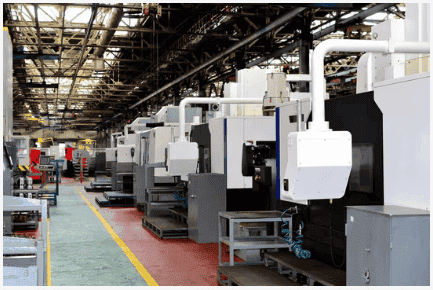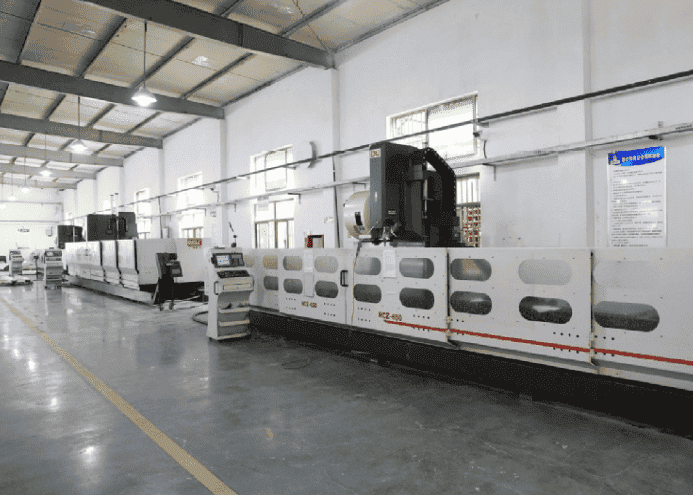Did you really know?
“Stainless steel can also expand or contract with the temperature change.”
When it comes to metal alloys, there are so many confusing acronyms and numbers that it’s hard to know what they mean and how they differ.
Stainless steel is one of the most popular materials used in many industries like construction, transportation, food, drink, etc.
The two grades of Stainless steel are SS304 and SS316. Both 304 Stainless Steel and 316 Stainless Steel possess exceptional durability and resistance to corrosion when compared to other metals at similar costs.
However, each has its own particular properties that make them different. Understanding the differences will help you decide the ideal option for you.
Without further ado, let’s look at 304 and 316 stainless steel and what sets them apart.
What is 304 Stainless Steel?
304 stainless steel is a non-magnetic, low-alloy, corrosion-resistant steel that contains 18-19% chromium, about 10% nickel, and up to 0.1% carbon.
It is available in various forms, including plate, sheet, pipe, coil, etc. It can be polished to a bright finish, making it an ideal choice when aesthetics are important.
The one downside to 304 stainless steel is it’s an iron-based alloy and can rust if not well maintained.
However, this can be avoided by keeping it dry and clean and regularly removing any water or moisture with a stainless steel cleaner.
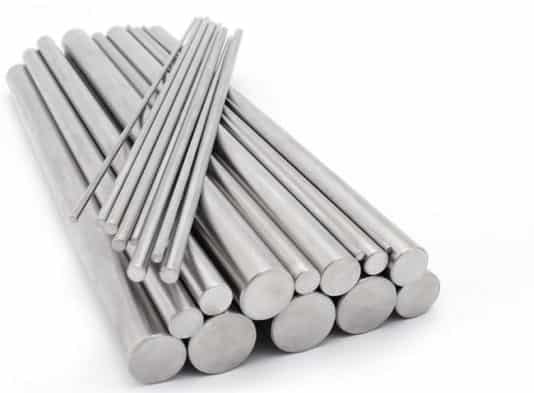
What is 316 Stainless Steel?
SS316, often called Marine Grade Stainless Steel, is a martensitic chromium-nickel austenitic steel.
It contains around the same amount of chromium and carbon as SS304 but has more nickel (about 2% more) than 304 stainless steel.
The extra nickel in 316 stainless steel makes it more corrosion-resistant in a few specific environments than SS304.
These include strong acids, saltwater, and other aggressive chemical environments.
Due to this, it is often used in marine applications where extra corrosion resistance is needed the most. 316 stainless steel is slightly more expensive than 304 stainless steel, but considering the more corrosion-resistant it has in particular environments, the increased cost is worth it.

Molybdenum in Stainless Steel
Molybdenum is a high-strength alloying element that can increase the strength of steel by as much as 50%.
Alloys that contain 0.05% or more of molybdenum are identified as high-strength steels.
Molybdenum is used to improve the strength of stainless steels, such as SS316 has more than 2% of it, while SS304 does not.
The molybdenum helps prevent corrosion by forming a protective surface film that hampers the formation of corrosion.
What Is The Difference Between 304 And 316 Stainless Steel?
Here are some things that make them different, so be careful when choosing one of them.
-
The Difference In Their Mechanical Properties
Mechanical properties are those that are related to toughness and durability. 304 stainless steel is slightly stronger than 316 stainless steel.
While both are tough and durable, 304 stainless steel is somewhat stronger than SS316.
It means that 304 stainless steel has a slightly lower yield strength (the force required to begin to deform a material) than 316 stainless steel.
Generally, this isn’t likely to make a big difference in the real, as 316 stainless steel is plenty strong.
They both are used to make aircraft parts and other equipment that is exposed to very high stresses.

-
The Difference In Their Chemical Properties And Composition
304 stainless steel is the less corrosion resistant of the two grades, with a corrosion resistance that is slightly better than carbon steel.
The 316 stainless steel, however, is very close to that of a chromium-based alloy in corrosion resistance.
It shows resistance against various forms of corrosion, such as pitting and crevice corrosion.
Due to the higher nickel content, 316 stainless steel is also much less susceptible to stress corrosion, the breakdown of a material due to a change in the surrounding environment, than 304 stainless steel.
A change in the pH causes the release of ions, which can then travel through the material and cause corrosion.
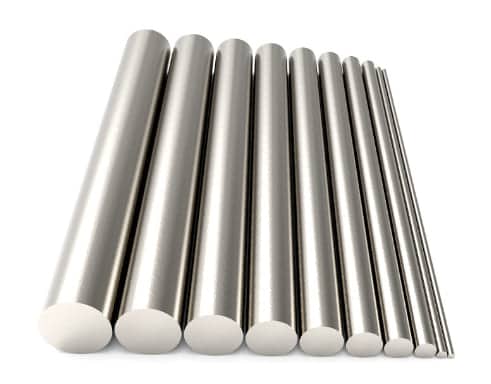
-
Age Difference
The chemical composition of each type of stainless steel also affects how it ages. When exposed to oxygen, for example, SS304 becomes more oxidized and brittle over time, while SS316 does not change in appearance or behavior in this way.
Other factors that affect the aging process include atmospheric conditions, temperature extremes, and exposure to chemicals such as acids or alkaline solutions.
-
Weldability and Formability in SS304 and SS316
Generally, 304 stainless steel is cozier to weld than 316 stainless steel due to the slightly higher carbon content of 304 stainless steel.
304 stainless steel is also easier to form than 316 stainless steel due to the same carbon content.
While forming is generally considered a simple process, the more difficult a material is to form, makes tough to work with it and the more expensive it is to produce.
This slightly higher carbon content of 304 stainless steel also makes it more susceptible to uneven heat transfers.
Depending on the welding process, this can cause some welds to be weaker than others.
It can result in a weaker welded joint than the rest of the material. 316 stainless steel is less susceptible to uneven heat transfer, which makes it easier to weld.
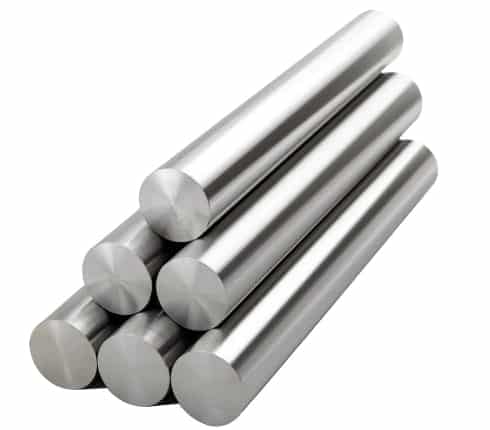
-
Their Lasting Durability
While 304 stainless steel and 316 stainless steel both have high levels of corrosion resistance, the longer-lasting durability of 316 stainless steel is due to the higher nickel content.
It makes 316 stainless steel more resistant to pitting and crevice corrosion, as well as general corrosion.
As it is the main reason materials fail over time, the higher corrosion resistance of 316 stainless steel means it will last longer.
The lower corrosion resistance of 304 stainless steel does not mean it is cheap.
304 stainless steel is a common grade used in many applications that do not expose to corrosive agents.
304 stainless steel is also widely used in marine applications because it is less susceptible to corrosion than 316 stainless steel.
-
Price Difference Between SS304 And SS316
Alloys that contain molybdenum are more expensive than those that do not. SS304 and SS316 are both grades of stainless steel and are very similar in composition.
However, there is a slight difference in their percentage of molybdenum. 304 stainless steel contains less molybdenum than SS316.
Due to the increase in the cost of molybdenum, 316 is usually slightly more expensive per pound than 304 stainless steel.
-
Temperature Resistance Difference
304 stainless steel is more susceptible to stress corrosion cracking than 316 stainless steel.
Stress corrosion cracking occurs when a material experiences high temperatures and stresses in tandem.
A build-up of internal pressure, a rapid change in the temperature, or both simultaneously can cause these stresses in the material.
It can be a concern in many applications that experience heating and cooling cycles.
Usually, 304 stainless steel melts at 2,550 °F – 2,650 °F, but the melting point of SS316 is 2,500°F – 2,550°F – which makes it slightly less heat resistant than 304 Stainless Steel.
-
Corrosion Resistance Difference
Due to the lower molybdenum content of 304 stainless steel, it exhibits reduced corrosion resistance when compared to 316 stainless steel.
Also, SS304 has a higher concentration of chromium and nickel and lower molybdenum than SS316, which makes it more resistant to corrosion.
However, the increased corrosion-resistant doesn’t mean high durability. SS304 has less than 50% of the tensile strength of SS316, and its yield strength is less than 25% of that of SS316.
What Are The Pros And Cons Of SS304 And SS316?
Before choosing the perfect grade of stainless steel for your project, weigh the pros and cons of each type of stainless steel.
The Pros And Cons Of SS304
Pros
- High levels of chromium make stainless steel extremely resistant to corrosion and heat while being easy enough to weld.
- It is also a food-safe material, which is why it is often used in the food and beverage industry.
Cons
- Susceptible to scratches and dents.
- Not a very good conductor of heat.
The Pros And Cons Of SS316
Pros
- SS316 provides a higher level of corrosion resistance than SS304. It is especially true for chlorides and other harsh mechanical solvents.
- It is most suitable for applications working at low-temperature.
Cons
- It has a high cost and difficult machinability.
- SS316 is not as strong as SS304.
What Are The Safety Standards Of SS304 And SS316?
SS304 and SS316 are safe for most applications and typically only dangerous if used in an environment where they are likely to come into contact with corrosive materials.
Both are commonly used in medical applications like blood bags and medical devices like implants.
The Clean Water Act requires medical devices to use corrosion-resistant materials.
This is because these materials are less likely to release ions into the water sources they come in contact with. These ions can affect the pH balance, which can harm aquatic life.
For 304 and 316 stainless steel, the safety guidelines are in place to ensure that the materials are not harmful to anyone.
Generally, stainless steel with a high level of chromium is safe for human use as long as the amount of chromium does not exceed a certain level.
Pro Tip
SS304 is non-magnetic, while SS316 is slightly magnetic. Thus SS304 is less likely to interact with other magnetic materials and cause sparks or harmful reactions.
How To Choose the Best Of The Stainless Steel For You?
There are many factors to consider when choosing between SS316 and SS304. Some of the most notable factors include are following:
The Environment
SS316 is more corrosion-resistant than SS304, so it is better suited for environments where high humidity or exposure to chemicals is there.
SS316 is the better choice for corrosive environments, but for non-corrosive environments, SS304 may be appropriate.
The Temperature
SS304 can withstand higher temperatures than SS316. For example, 304 stainless steel is best for most general-purpose applications, whereas 316 stainless steel is more resistant to corrosion and is better suited to use in marine environments.
The Finish
SS316 is more difficult to polish than SS304, so choose one that fits your desired finish.
The Cost
SS316 is usually more expensive than SS304, but it may be worth the extra cost if the environment is corrosive.
Ultimately, the decision between SS316 and SS304 should be based on considering the specific applications and all relevant factors.
We recommend taking advice from a professional if you plan to buy the bulk of Stainless steel.
Conclusion
Stainless Steel 304 and 316 are two of the most common grades of stainless steel. They differ in their alloying elements, mechanical properties, and applications.
Stainless Steel 304 is the most common grade because it offers a good compromise between cost, corrosion resistance, and formability.
Stainless Steel 316, on the other hand, is a higher-grade type of stainless steel with improved corrosion resistance and higher strength. I
n conclusion, SS316 is worth the extra cost for those looking for superior corrosion resistance or an application containing water. Otherwise, 304 steel will suffice.
Wanna know more about metals? We have extremely useful information in our other blogs here.
[blog_posts style=”normal” columns=”3″ columns__md=”1″ ids=”5474,6362,767,5590,2986,751″ image_height=”56.25%”]
 Call Us Today! (+86) 188-2253-7569
Call Us Today! (+86) 188-2253-7569